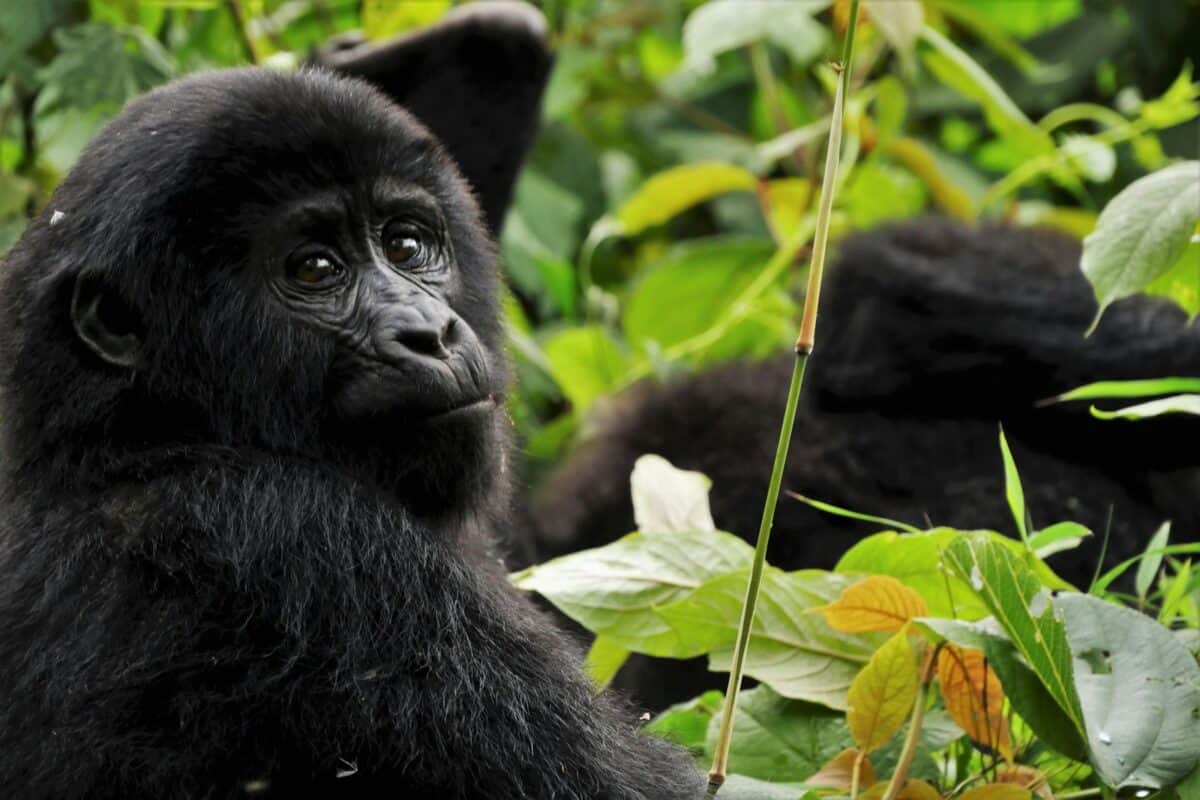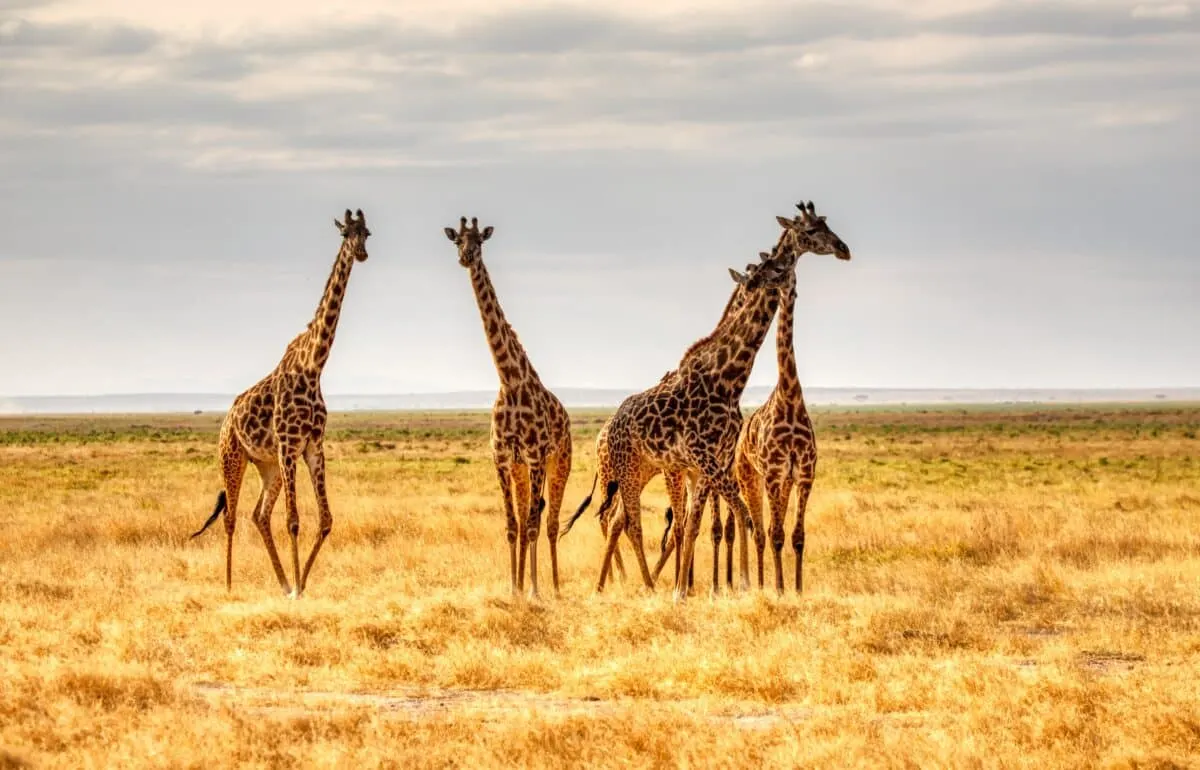In the animal kingdom, the concept of death and bereavement might seem uniquely human. However, there is increasing evidence that some animals exhibit behaviors suggesting an understanding of death that, in many ways, mirrors our own. These behaviors, which some describe as “funeral” ceremonies, raise fascinating questions about the emotional and cognitive capacities of non-human species. This article delves into the phenomenon of animal funerals, examining which species hold these ceremonies and what these rituals might signify about their emotional lives.
Understanding Animal Grief

Before delving into specific instances, it is essential to understand the concept of grief in animals. While it might be tempting to anthropomorphize animal behavior, it is crucial to approach the subject with scientific rigor. Some researchers suggest that animals experience emotions similar to humans, including grief, which can be observed through behavioral changes following the loss of a member of their group.
Elephants: The Pioneers of Animal Funerals

Elephants are perhaps the most well-known creatures to exhibit mourning behaviors. When an elephant dies, other members of the herd are often observed gathering around the deceased. They might gently touch the body with their trunks, display signs of distress, and sometimes stay with the body for days. This behavior suggests a deep emotional connection and an understanding of the concept of death.
Primates and Their Mourning Rites

Chimpanzees and gorillas have also been observed holding what might be considered funeral rites. Researchers have documented instances where primate groups will spend extended periods with a dead companion, grooming them and exhibiting signs of sadness. Such behaviors could indicate an awareness of death and a processing of loss similar to human grief rituals.
Crows and Their Complex Social Structures

Crows and other corvids have displayed remarkably complex social behaviors, including what some scientists interpret as funeral-like gatherings. When a crow dies, others may gather around the body, seemingly conducting an investigation. These gatherings may serve as a learning opportunity to understand potential threats or simply as a ritual of mourning.
Dolphins and Their Mourning Journeys

Dolphins are renowned for their intelligence and complex social behaviors. In various cases, mother dolphins have been observed carrying their deceased calves for days, despite the risk and exhaustion involved. This behavior suggests a profound bond and an understanding of loss.
Whales and Emotional Depths

Similar to dolphins, whales have been documented participating in grieving behaviors. Pod members will often stay close to a dead whale for extended periods, nudging the body in a manner that suggests attempts to revive it or simply an unwillingness to let go. Such behaviors showcase the depth of their emotional lives.
The Purpose of “Funeral” Behavior

The reasons behind these behaviors vary among species. Some scientists propose that they may serve as a learning experience for the surviving members, a way to avoid potential threats. Others suggest these rituals help reinforce social bonds and provide an emotional outlet for the grieving individuals.
The Debate on Animal Emotions

The interpretation of animal emotions, including grief, is a topic of significant debate within the scientific community. While some researchers caution against overly humanizing animal behavior, the evidence is compelling enough to suggest that many animals experience complex emotions and react to death in ways that are strikingly familiar.
The Role of Anthropomorphism

Anthropomorphism, the attribution of human characteristics to animals, poses challenges in studying animal emotions. While anthropomorphism can lead to misinterpretations, it can also foster empathy and a deeper appreciation for the emotional lives of animals, urging more compassionate treatment across species.
Implications for Animal Conservation

Understanding the emotional capacities of animals has significant implications for conservation efforts. Recognizing that many species form deep social bonds and experience grief can influence the methods used in preserving endangered species and managing human-animal interactions, particularly in captivity or rehabilitation scenarios.
Future Research Directions

As research into animal emotions continues, scientists are developing new methodologies to study these behaviors without imparting human biases. Advances in technology and observational techniques are expected to provide deeper insights into how animals perceive and process death.
Conclusion: A Shared Experience of Loss

The evidence of funeral-like behaviors in animals challenges us to reconsider the boundaries that we often perceive between humans and other species. While the rituals and responses to death may differ, the core experience of loss and the bonds that are formed in life seem to be shared across species. These insights not only deepen our understanding of the animal kingdom but also strengthen the case for more empathetic and humane treatment of all living beings, acknowledging the complexity of their emotional lives.
- Jaguars Are the Only Cats That Crush Skulls—Here’s Why - August 9, 2025
- How Sloths Help Support Mini-Ecosystems in Their Fur - August 9, 2025
- Eagles vs. Snakes: Who Would Win? - August 9, 2025

